Track and learn what drives your inflammation
The COR One™ is the only at-home medical device to measure chronic and acute inflammation. From only a single drop of blood. Results you can share with your physician.
Buy NowHow it works
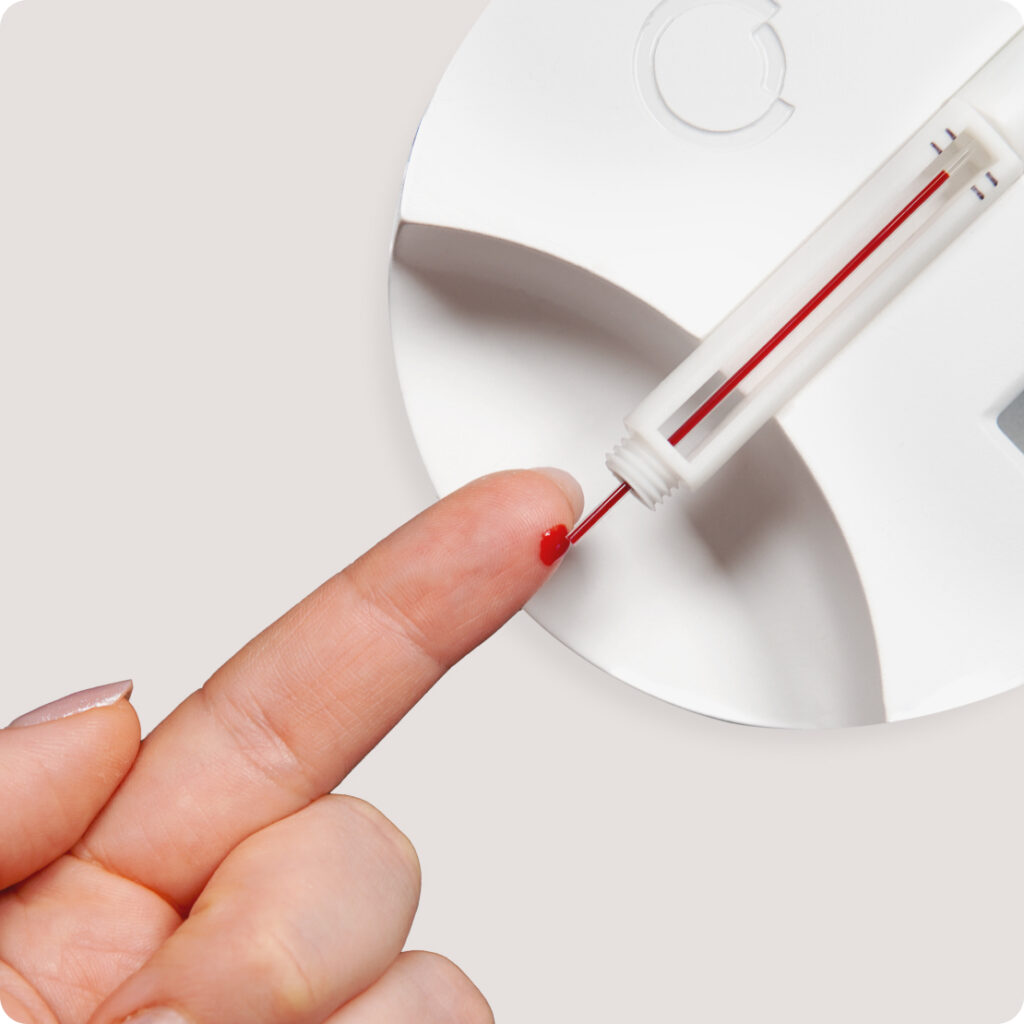
Perform Your Test
Perform a medically accurate test from the comfort of your own home.
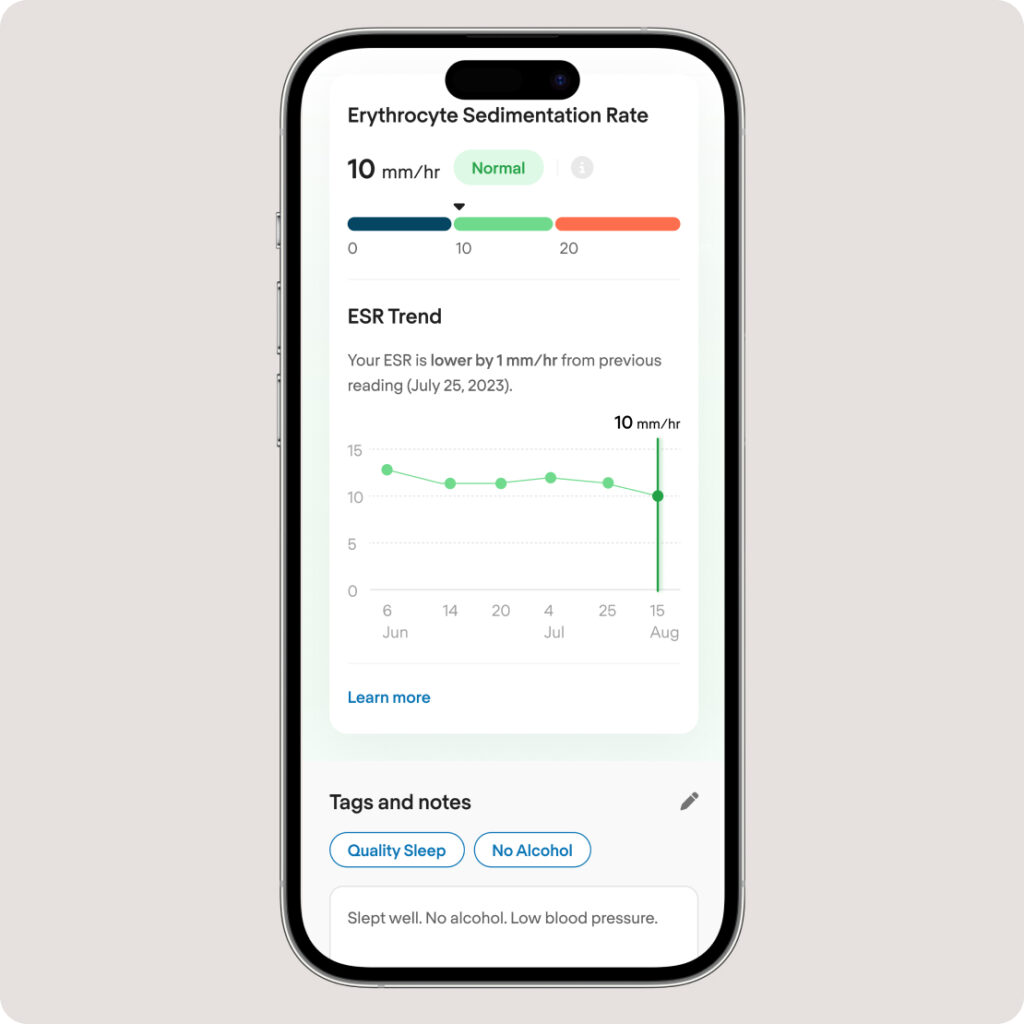
Save a Smart Note
Save notes and tags against your test using the COR app’s journaling feature.
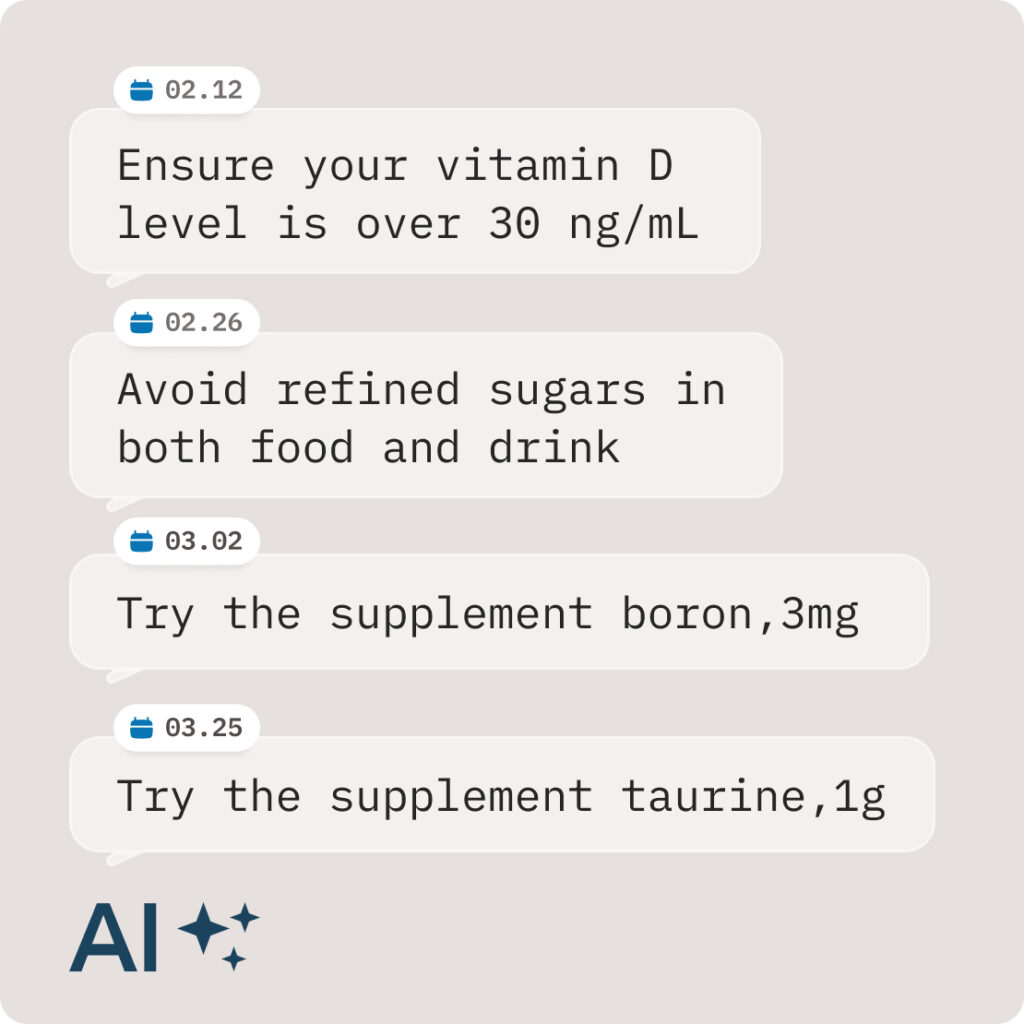
Get Smart Suggestions
AI will periodically make personalized suggestions to lower your inflammation.

Medically accurate
Easily track your inflammation with the COR One™ – at home or away. The COR One™ measures the Erythrocyte Sedimentation Rate (ESR). FDA-registered.
Buy now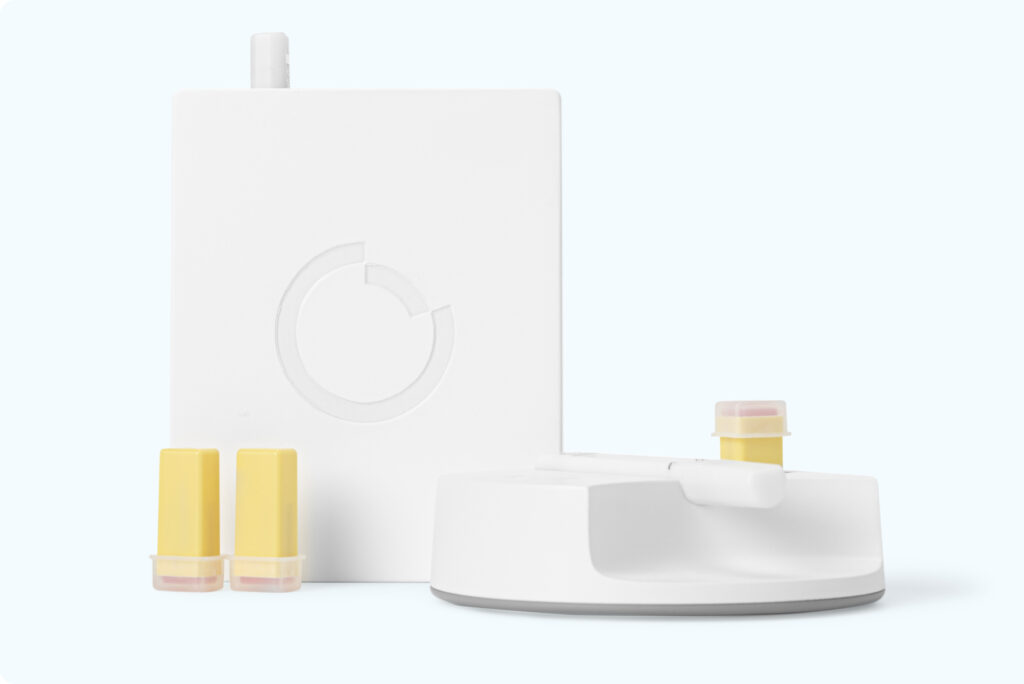
Affordable & convenient
The COR One™ has a consumer-friendly price tag, despite being medical grade. Tests are priced much cheaper than labs and provide at-home convenience. The device is USB powered and extremely lightweight and compact.
Buy now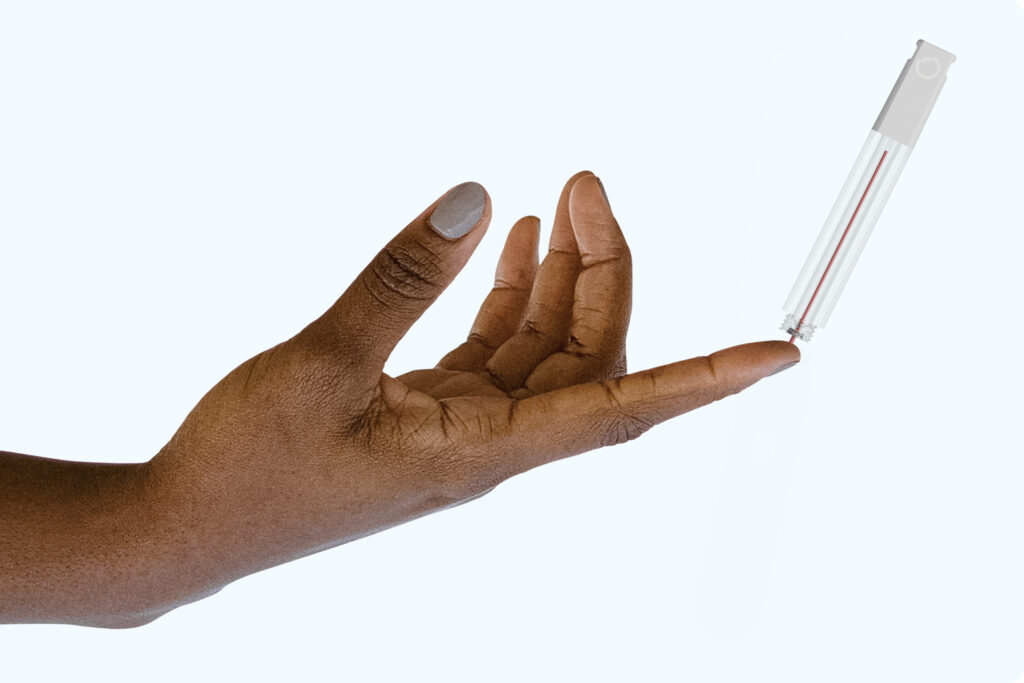
Painless blood collection
To get a drop of blood, a lancet is used, like the one diabetics use for glucose readings. It is then collected into the COR Mini Test Tube™. The lancet is the lightest available, so the collection experience is very comfortable.
Buy nowApple™ to COR™
Bob Messerschmidt founded COR Health to bring inflammation tracking to everyone. After selling his previous company to Steve Jobs (Apple), he worked directly with Steve and others (such as Jony Ive) for several years as an Apple Watch Platform Architect.
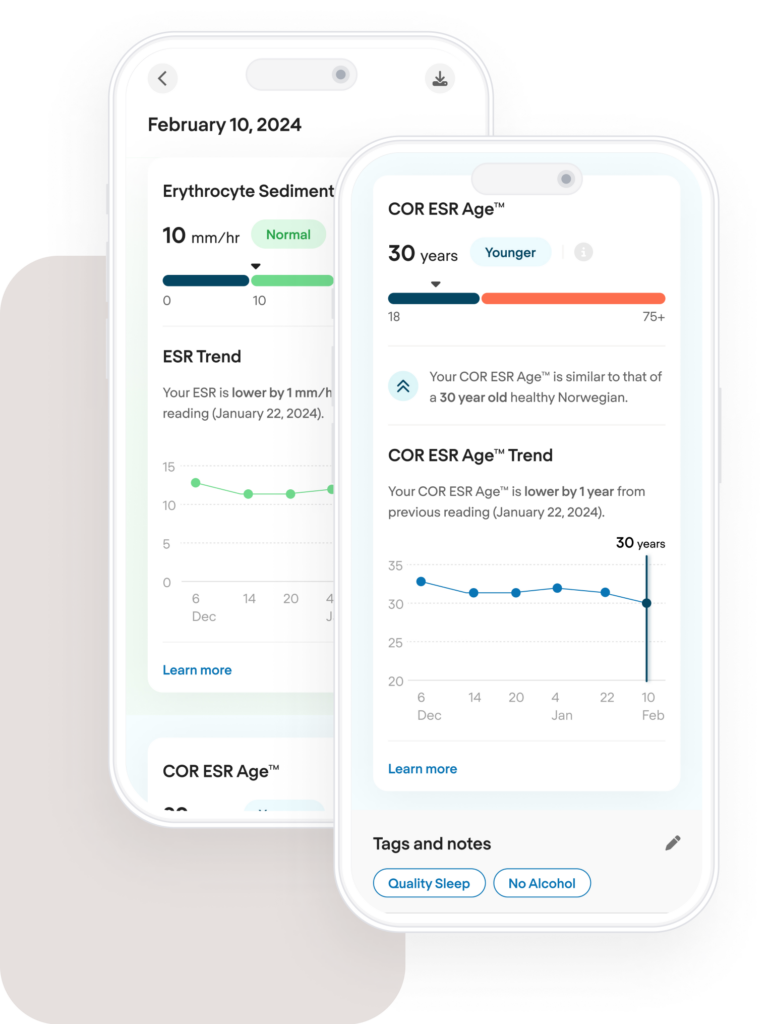
Track your inflammation
The COR dashboard helps you track inflammation for good health and a longer life, not just for diagnostics. It features the ability to add tags and notes to your results. You can also see if your result is “older” or “younger” for your age.
Buy NowTestimonials
No products in the shopping cart
Tax included. Shipping calculated at checkout.




